Museums & Institutions
‘Their Cuteness Allows Them to Speak Truth to Power’: A Museum Show in New York Highlights the Surprising Cultural Influence of Puppets
Don't miss the massive puppet costumes from the Village Halloween Parade.
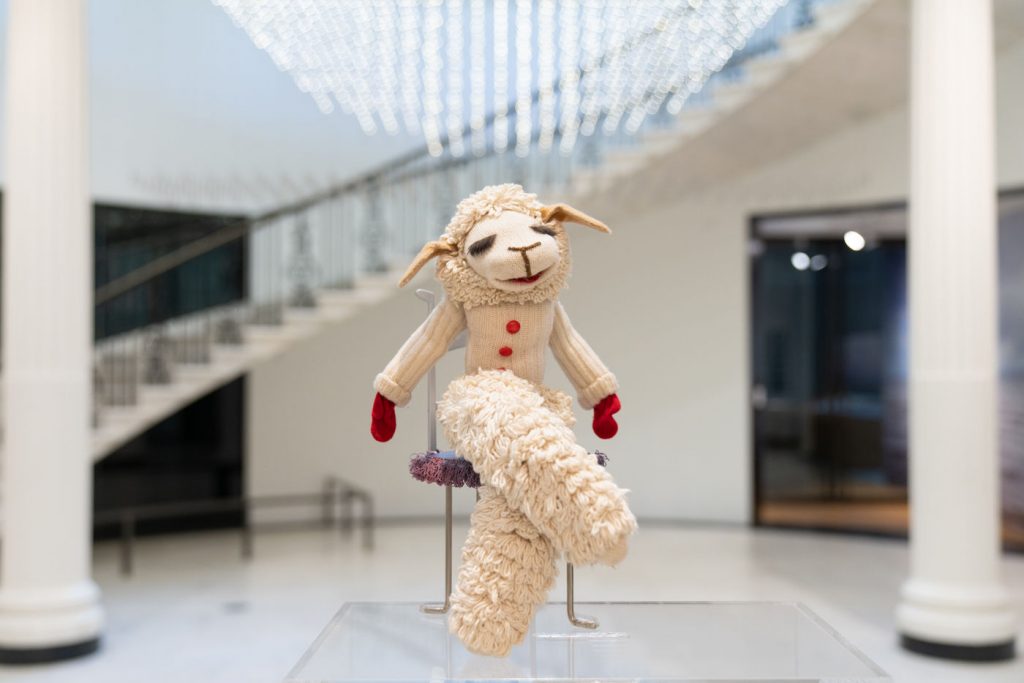
Don't miss the massive puppet costumes from the Village Halloween Parade.

Sarah Cascone

A celebration of puppets has come to the Museum of the City of New York, where A-listers such as Oscar the Grouch and the original Howdy Doody rub shoulders with their grittier cousins, including the perverted Trekkie Monster of Avenue Q to the ubiquitous trickster Punch of Punch and Judy, both of whom trace their origins to 16th-century Italy.
But whether they come from a subway busker or the stage of Broadway’s The Lion King, each of the more than 60 puppets included in “Puppets of New York” are distinctly New York creations.
“Puppets have migrated with their communities. Whenever people need to flee a place, they usually carry puppets with them,” exhibition curator Monxo López told Artnet News. “I felt it was important to show how puppets constitute part of that diasporic grid between the communities that have made New York City their home while keeping contact with their ancestral homelands.”
On view are Chinese shadow puppets and large-scale puppets from Lunar New Year celebrations contrasted with Czech marionettes from the 1820s—the oldest dated works in the show—from the old Czech neighborhood on the Upper East Side. From the beginning, puppets also had a distinctly seedy side: the earliest records of puppets in New York come from police ledgers documenting the arrest of panhandlers and the confiscation of their puppets.

“Puppets of New York” at the Museum of the City of New York. Photo courtesy of the Museum of the City of New York.
The show highlights the enduring influence of New York City’s puppets, such as the Muppets of Sesame Street, which is set (and filmed) in the city.
“Jim Henson used to have lunch in this [New York] tavern and the waiter was extremely rude—and that’s Oscar the Grouch. And he modeled the voice after a Bronx taxi driver with a unique accent,” López said. “Growing up anywhere around the world means you grew up with New York puppets.”
Then there’s Greed, a life-size puppet costume created by Ralph Lee for the annual Village Halloween Parade in 1976. “Ralph Lee is a genius. He makes these large, intricate, really really warm and organic puppets,” López said. “These are pieces of art.”
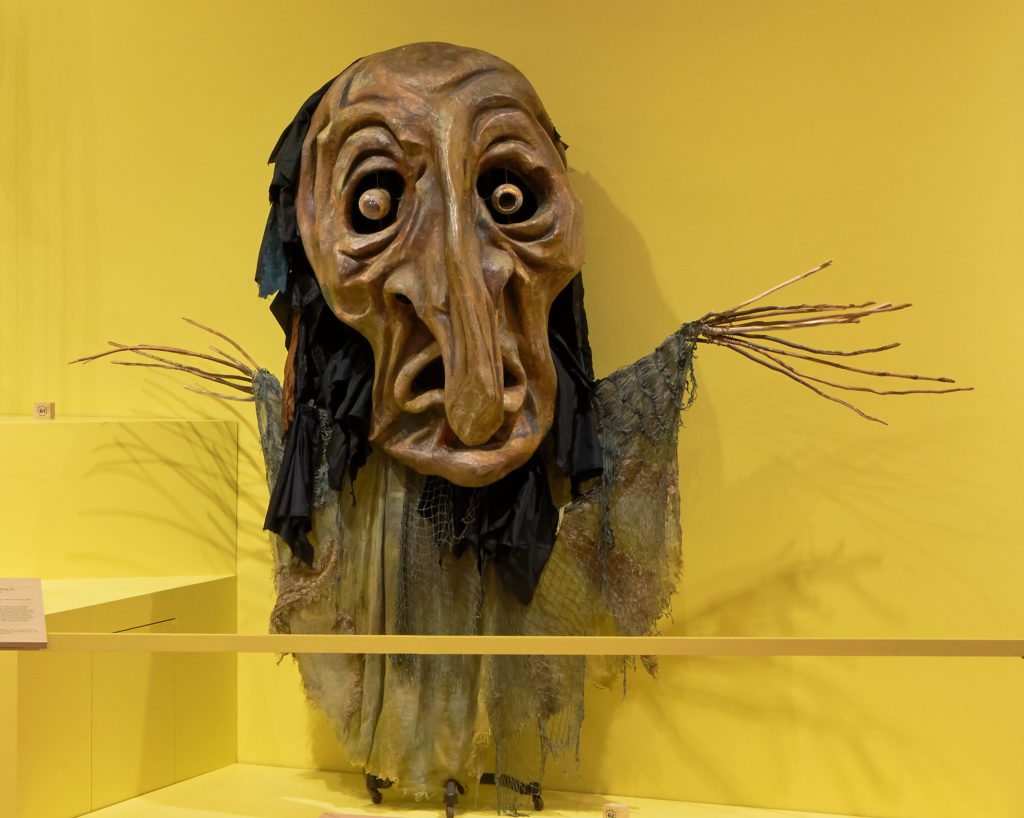
Ralph Lee, Greed (1976), from the second annual NYC Village Halloween Parade. Photo courtesy of the Museum of the City of New York.
But López also sought to look beyond the accepted canon of New York puppeteers, such as at the great Tony Sarg, who used his puppet expertise to develop the first Macy’s Thanksgiving Day Parade balloons in 1928, and his protege Bil Baird, who designed the marionettes for the film The Sound of Music. Both are acknowledged in the show, but puppet aficionados have expressed surprise to the curator that they are not more heavily featured.
“The usual story of puppetry in New York City is anchored around white men, surprise surprise,” López said. “I wanted to uplift the contributions of women of queer people, Black people, Latinx people, Chinese people.… The exhibition is about examining the deep unknown textures of the puppetry ecosystem in the city and its history of diversity.”
Even some of the show’s best-known puppets gave López the opportunity to highlight the diversity of the puppetry scene.
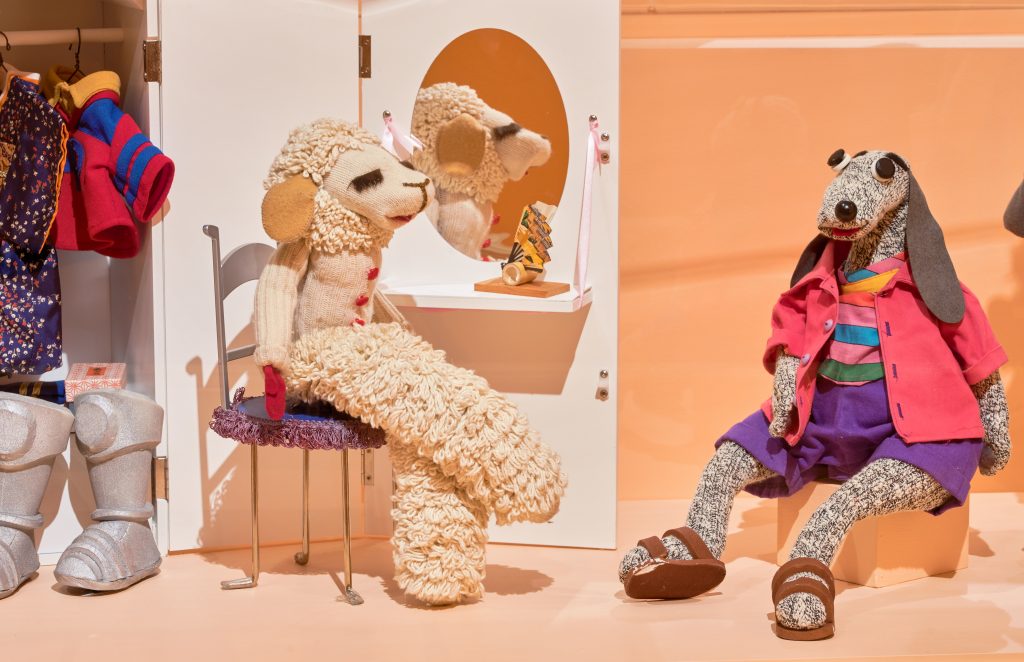
Shari Lewis’s Lambchop and Hush Puppy at the Museum of the City of New York. Photo courtesy of the Museum of the City of New York.
Shari Lewis, creator of the beloved Lampchop, who is making her first museum appearance, was actually the daughter of Abraham Hurwitz, who served as New York City’s official magician under Mayor Fiorello H. La Guardia.
“I don’t think we have that anymore—we’re not that cool any more!” López said. “But he wanted Shari to learn ventriloquism, so she studied under J.W. Cooper, a Black ventriloquist who was in his 90s. And that’s who taught Shari Lewis how to throw her voice.”
The show also includes a Diana Ross-inspired marionette by Bruce Cannon, a Black puppeteer who has been the artistic director of the city-run Swedish Cottage Marionette Theatre in Central Park since 1997. (We may not have our official magician anymore, but the four puppeteers who work there are New York City civil servants, believe it or not.)
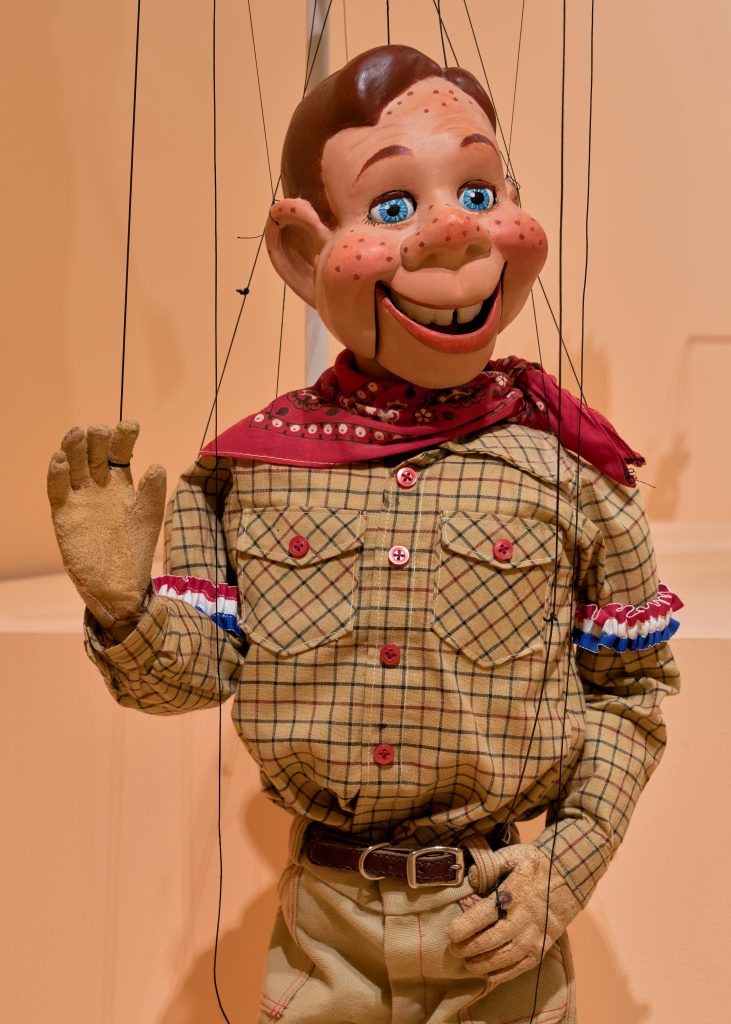
Howdy Doody, built by Alan Semok, re-costumed by Richard Liljeblad (Mystery Puppeteers). Collection of Jack Roth. Photo courtesy of the Museum of the City of New York.
“While going through the pandemic and experiencing the trauma that underlined the Black Lives matter movement, I thought that we needed to keep amplifying the message of inclusion and the contributions and the joy that communities of color have offered to the city,” López added. “This is a way of uplifting that message from a very different frequency.”
More overtly acknowledging issues of racism are the Black Lives Matter-themed work of Nehprii Amenii, who López describes as “very avant garde.” The show includes video and sculptural works from her multimedia performance installation Food for the Gods (2018), staged at New York’s La MaMa Experimental Theatre Club.
Amenni’s work ties into a long history of puppetry and free speech.
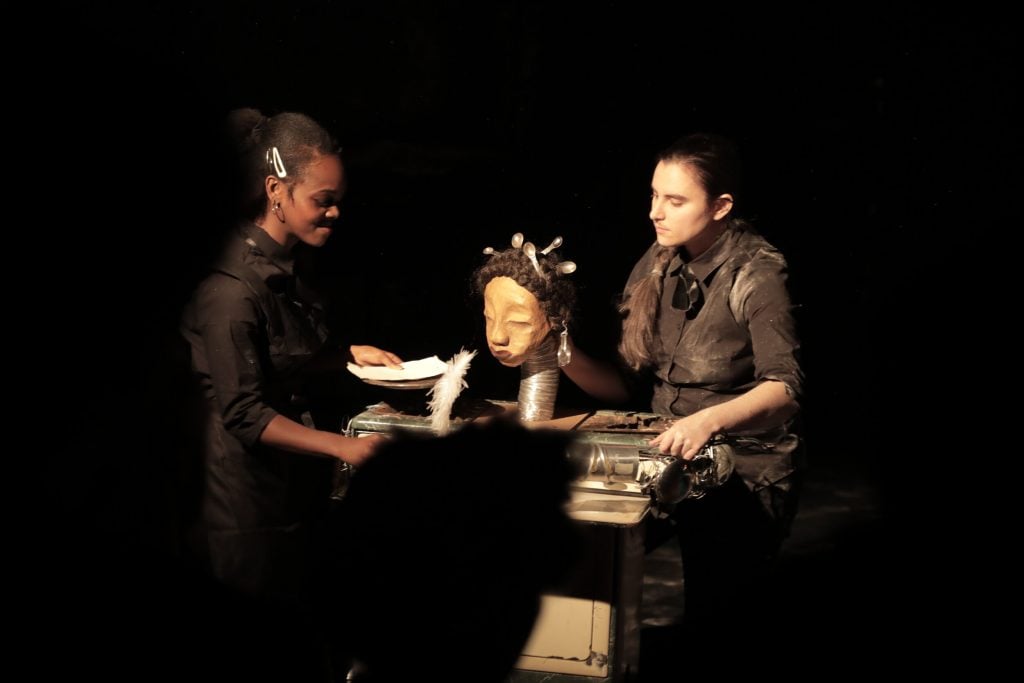
Nehprii Amenii, Food for the Gods (2018) at La MaMa Experimental Theatre Club.
“Puppets possess a right uncover things and expose things by playing the fool or playing the rogue, like Punch and Judy do,” López said. “Their cuteness, and the fact that they’re really inanimate objects, allows them speak truth to power without facing the dire consequences that human beings would face, particularly under authoritarian regimes. That’s at the root of why puppetry had survived and thrived for so long.”
“Puppets of New York” is on view at the Museum of the City of New York, 1220 Fifth Avenue at East 103rd Street, August 13, 2021–April 3, 2022. The “Cocktails and Culture: Halloween Masquerade Party” is October 29, 6 p.m., free with museum admission.